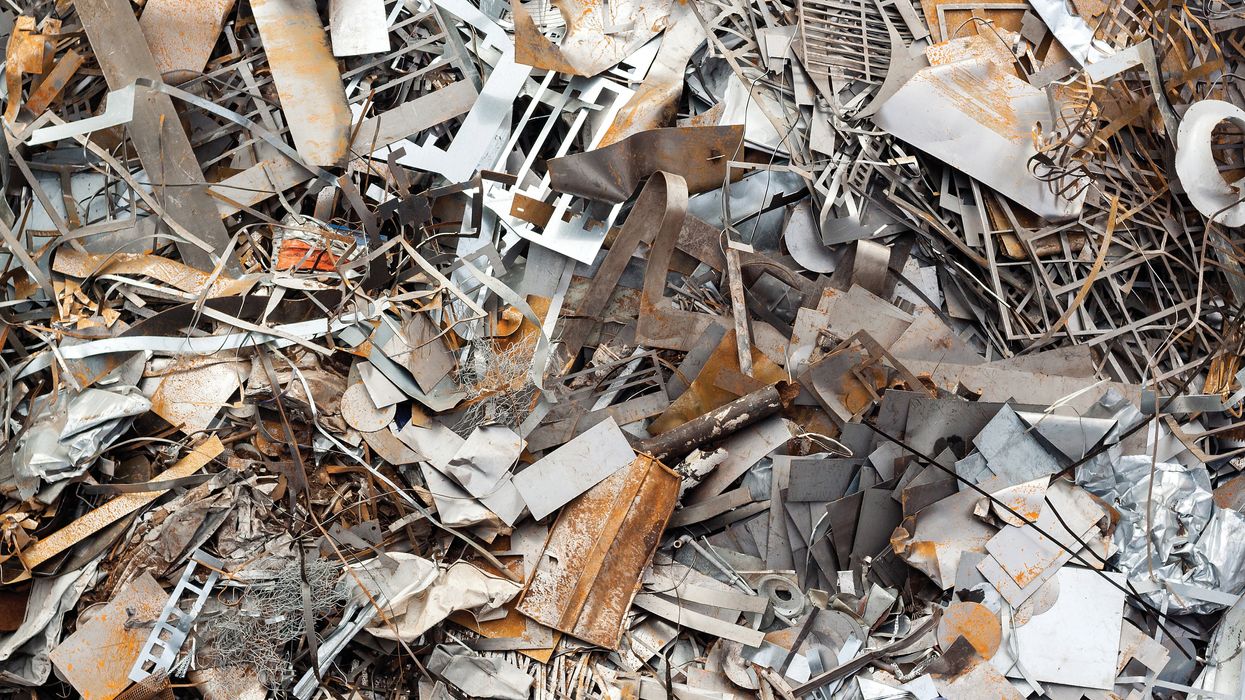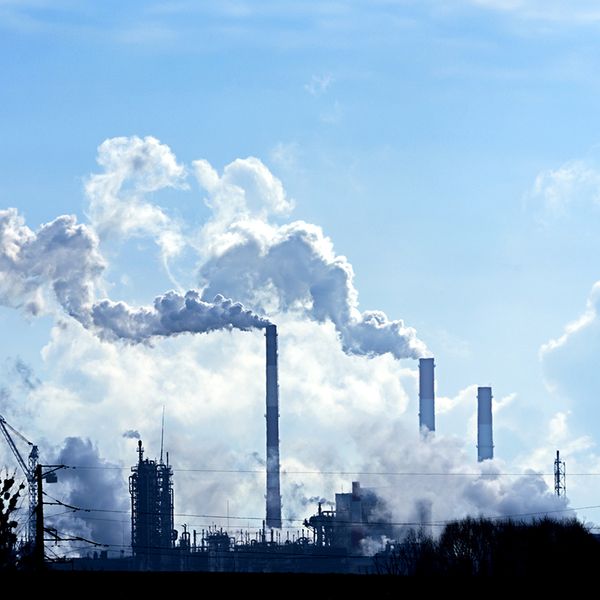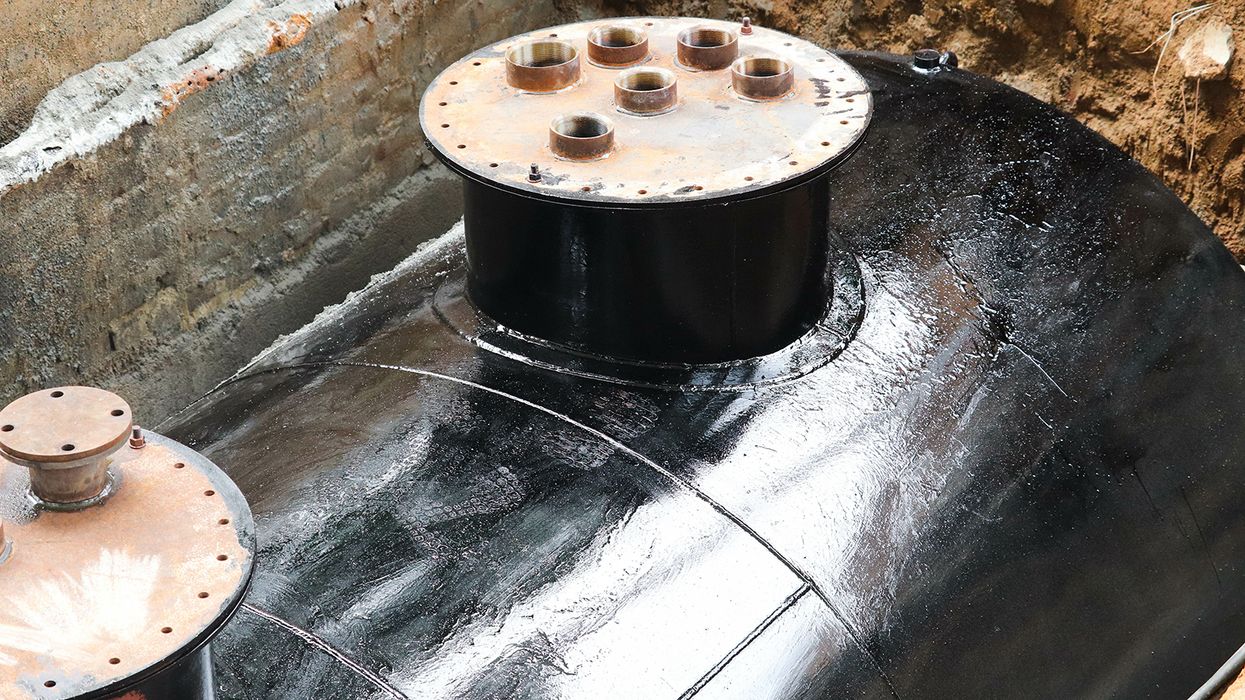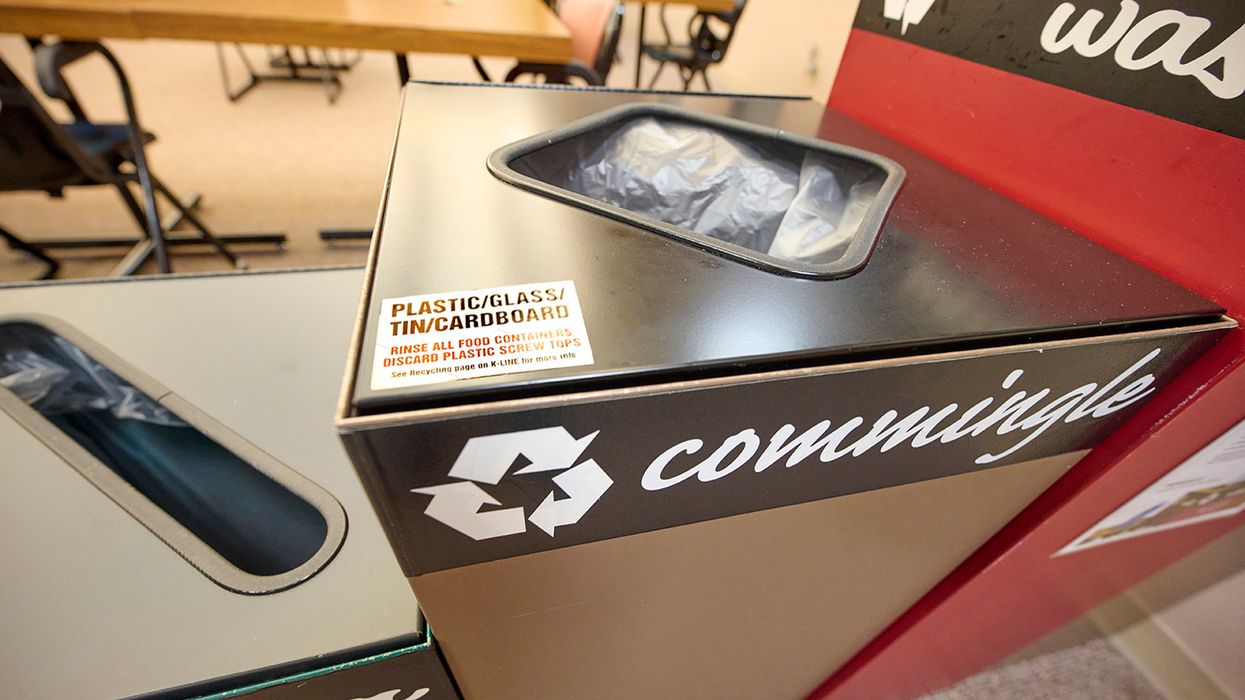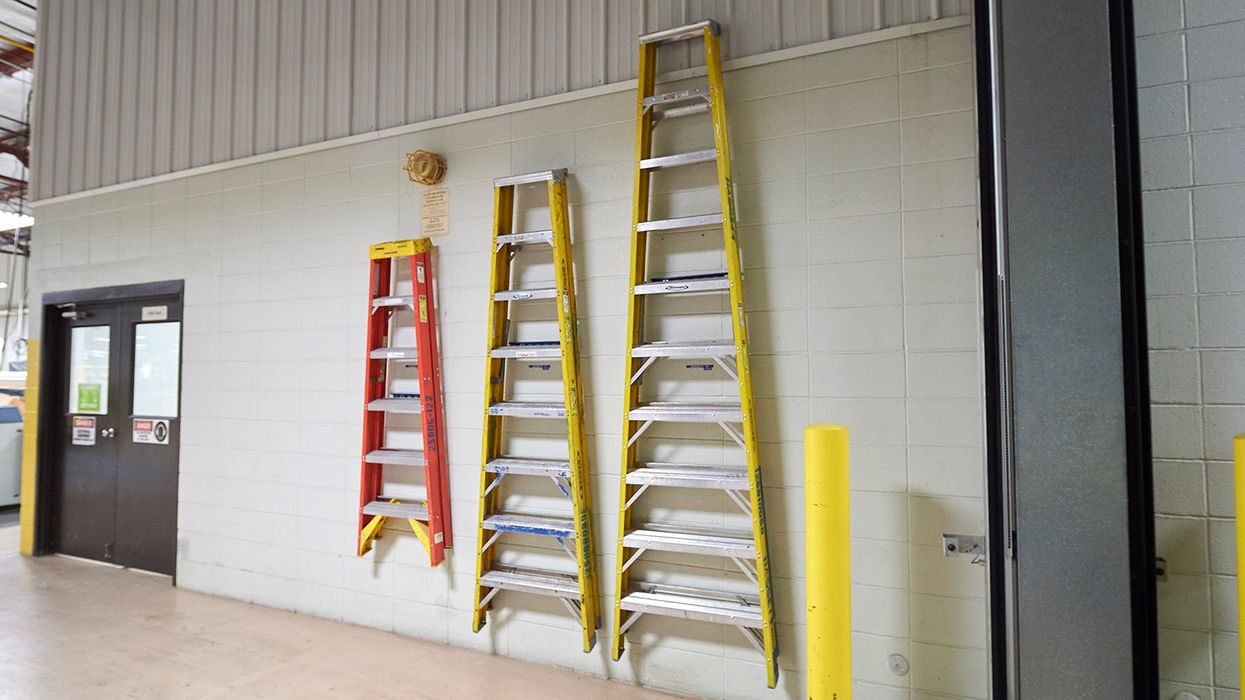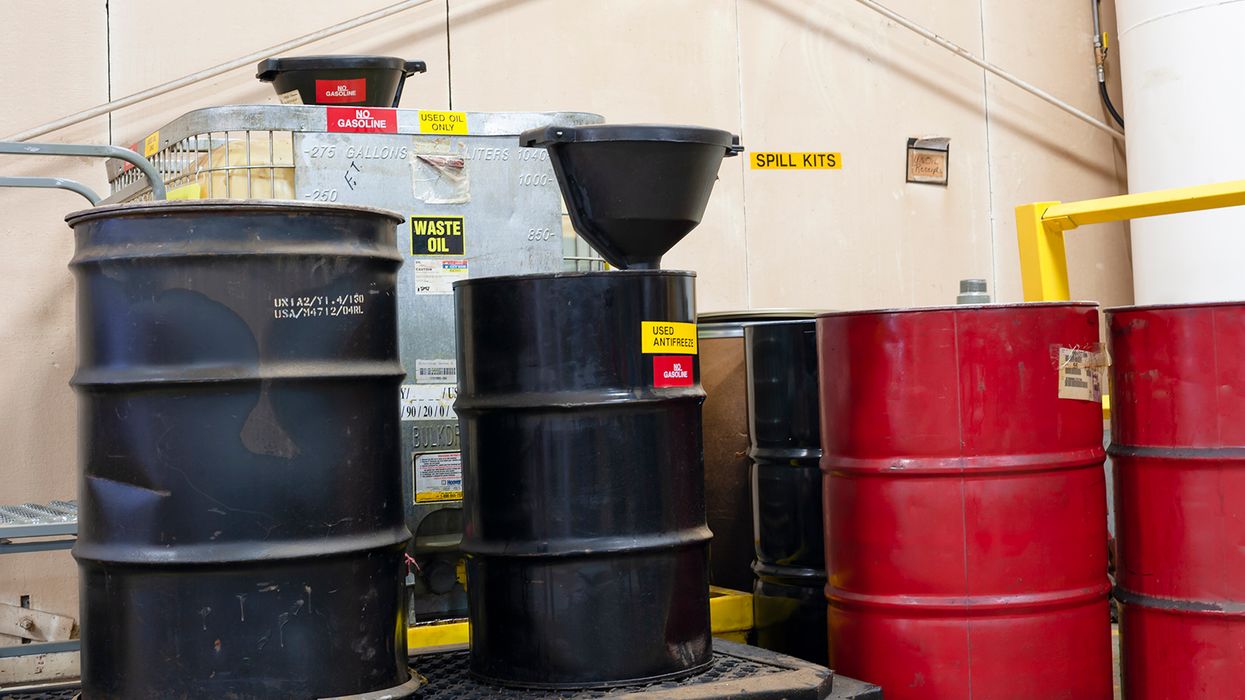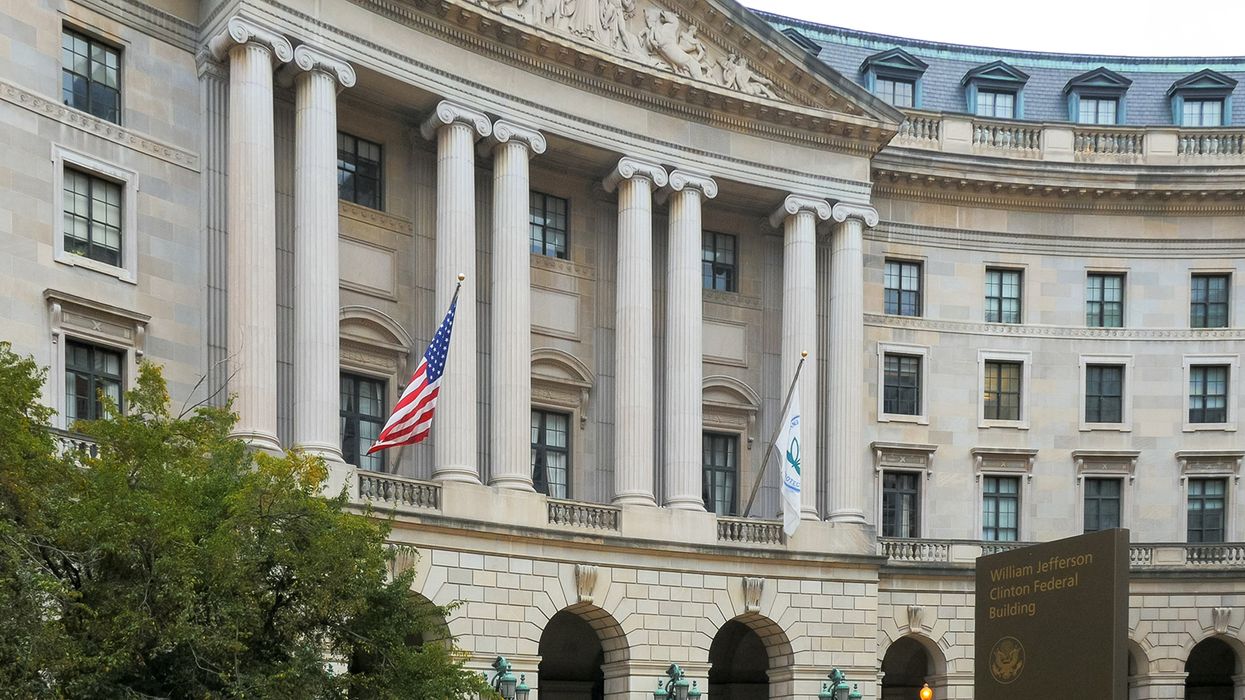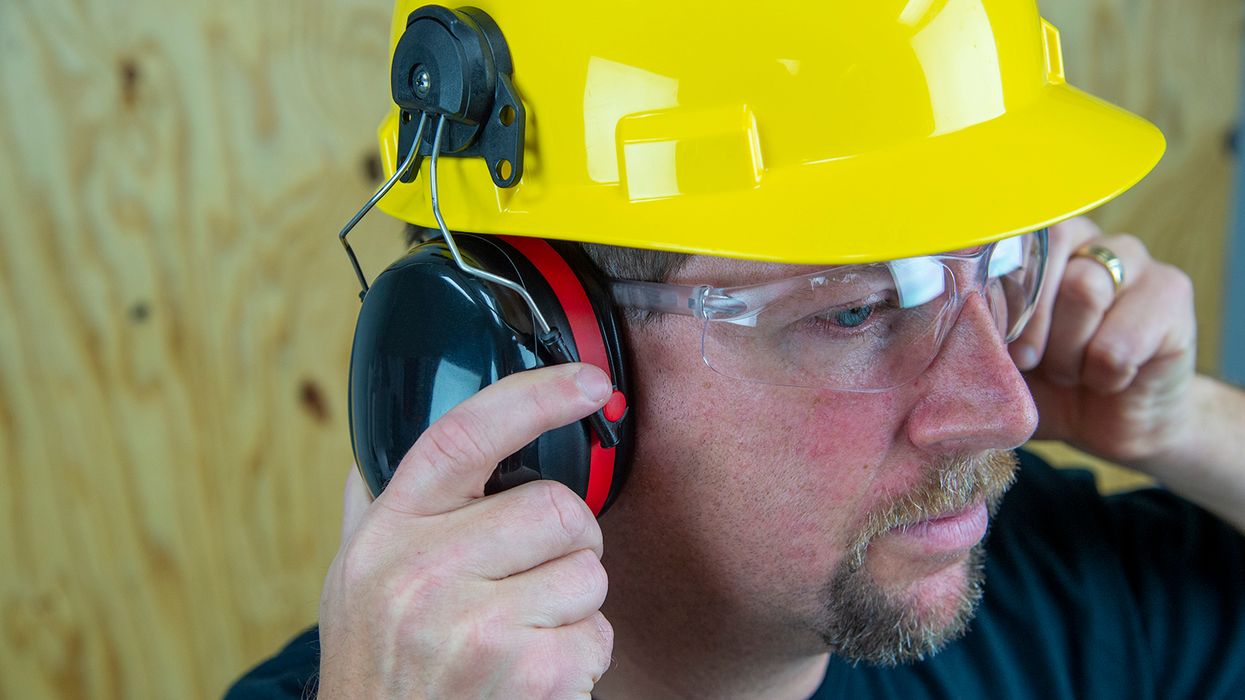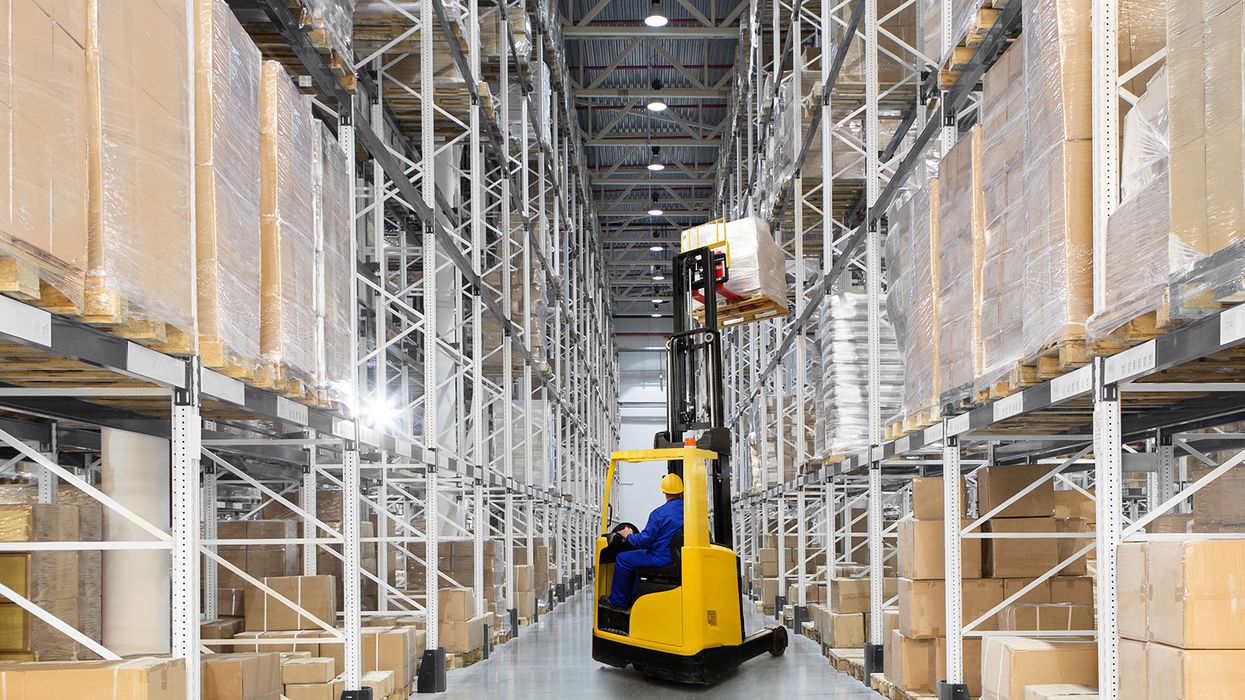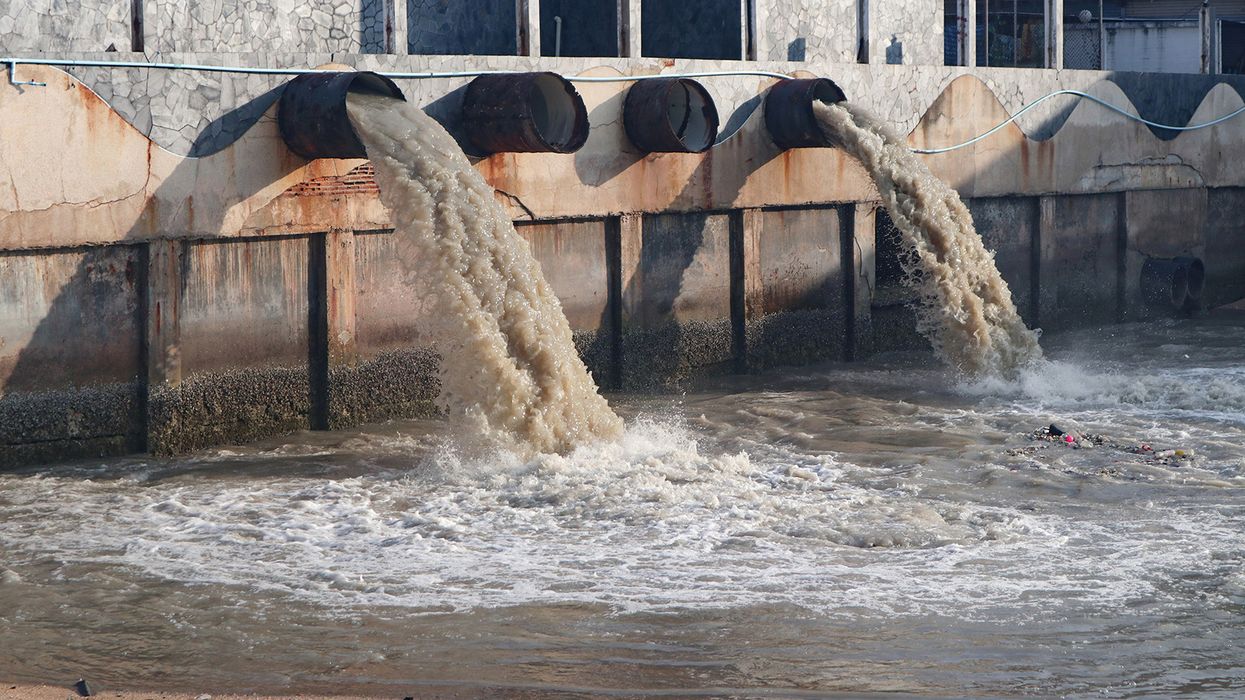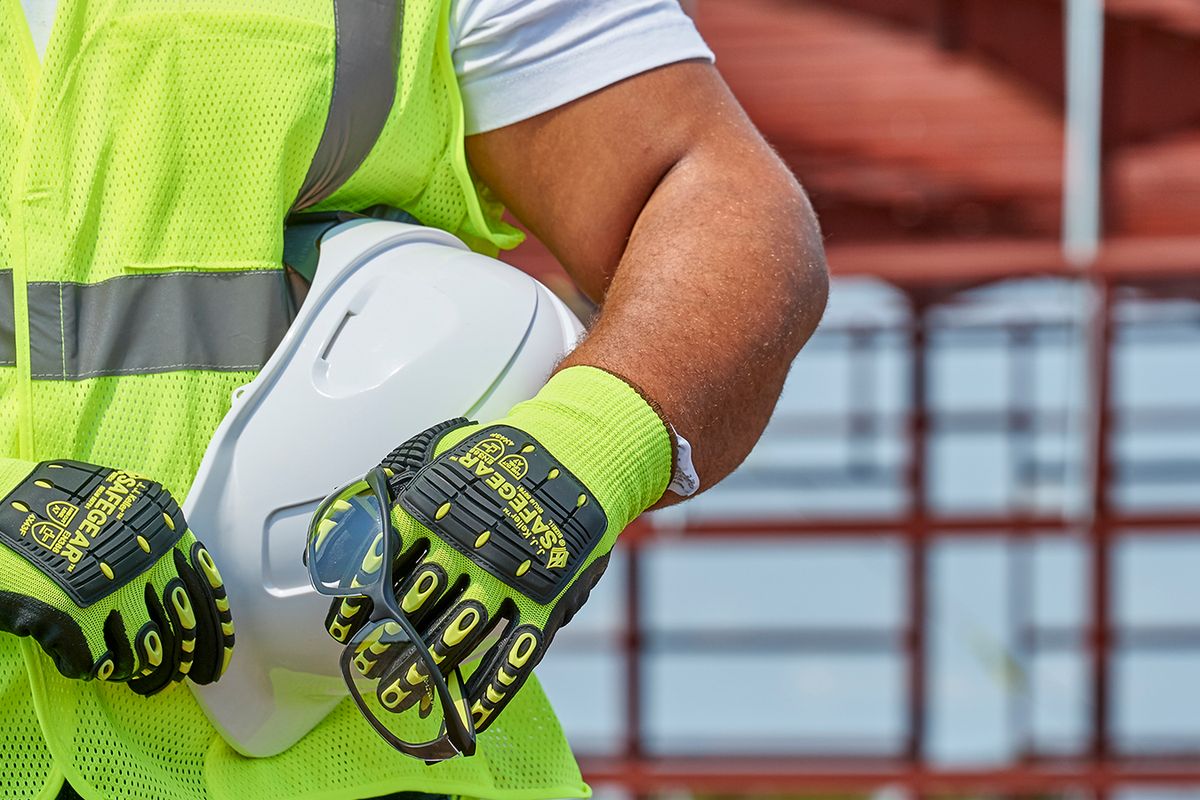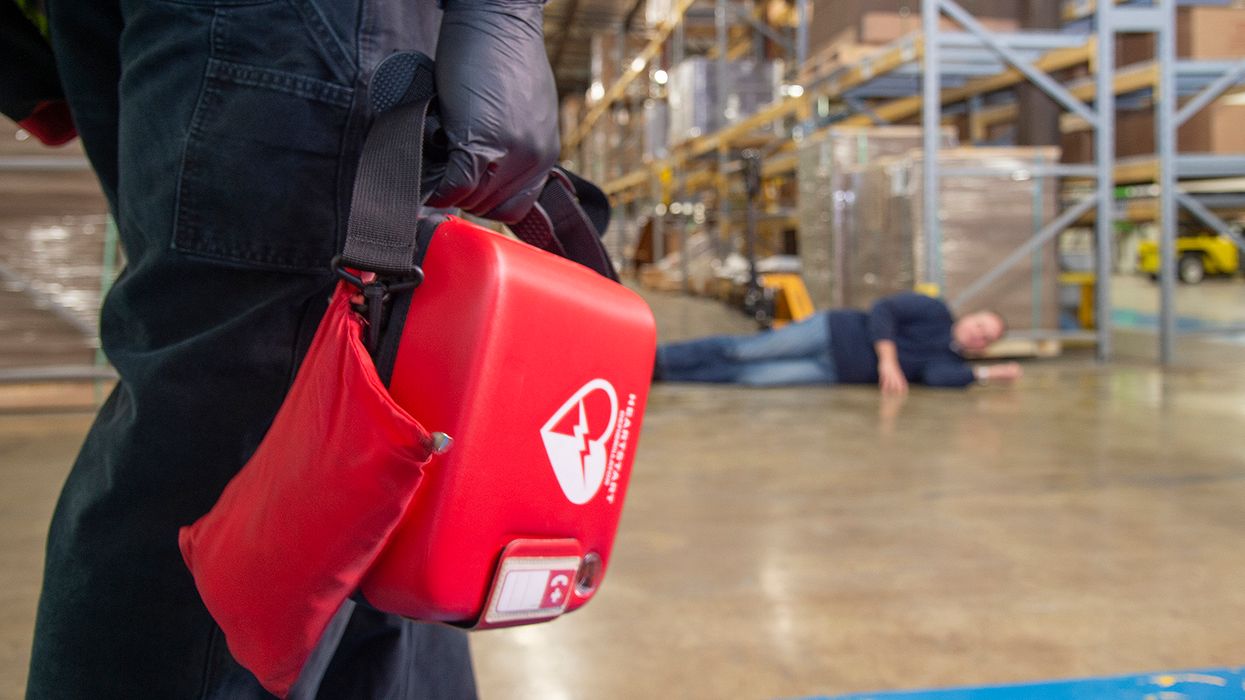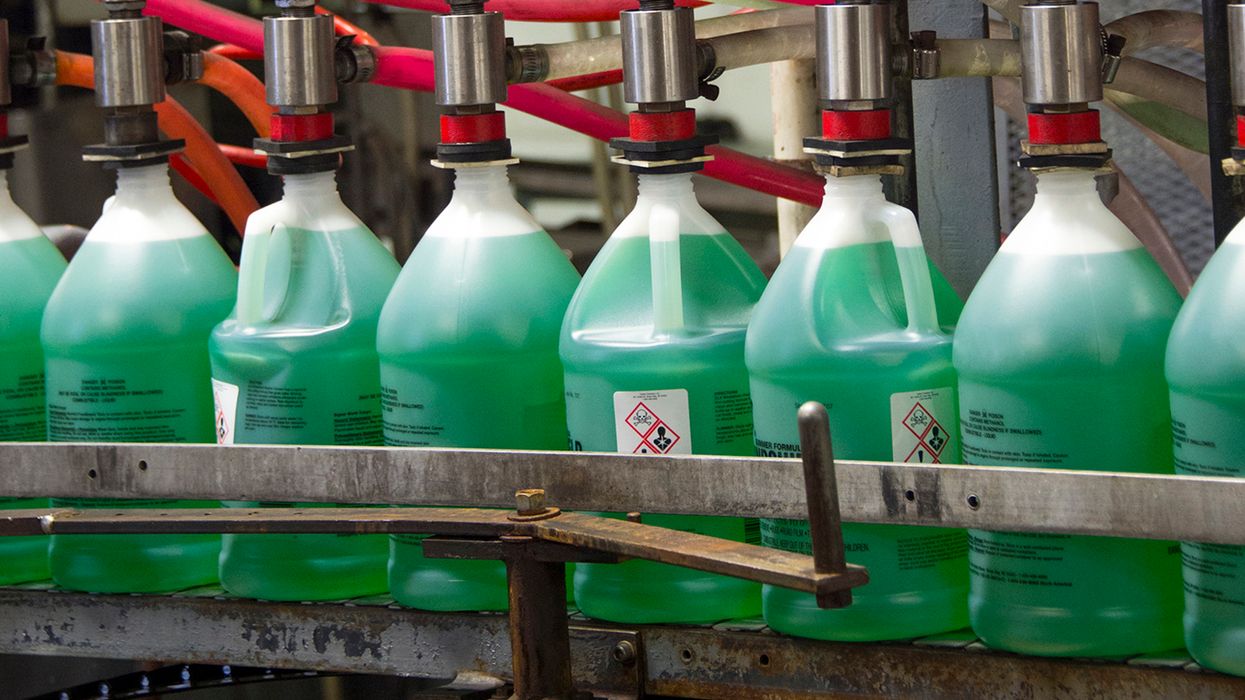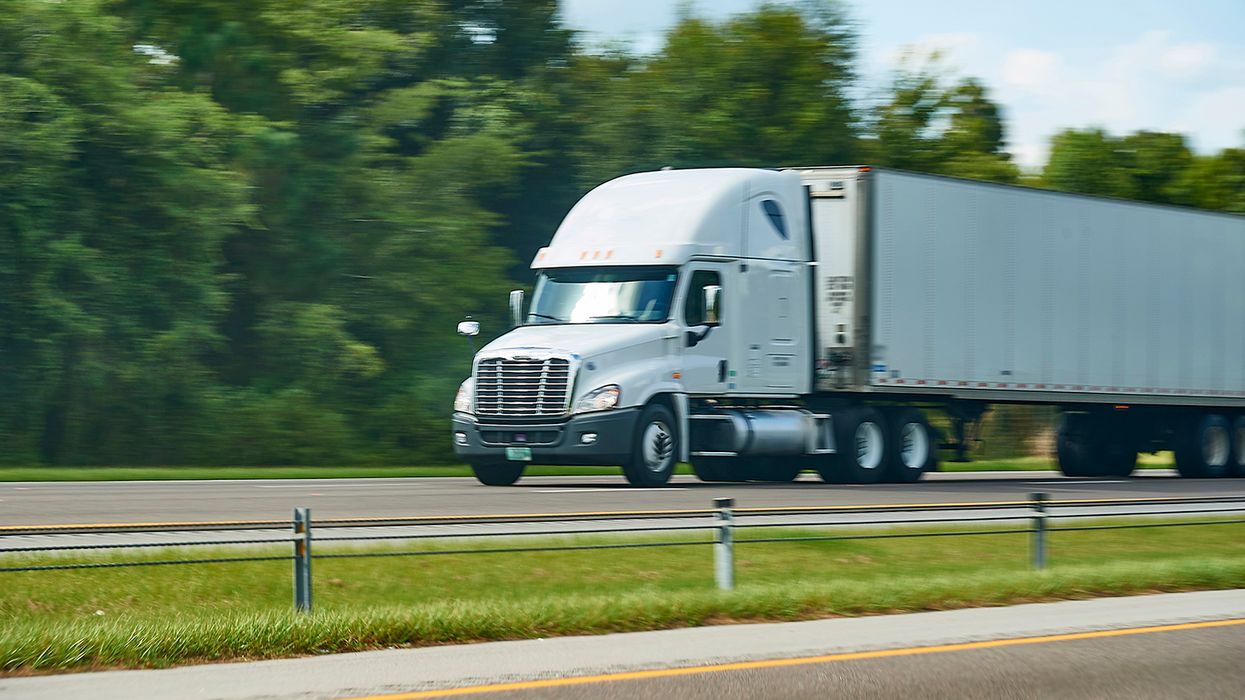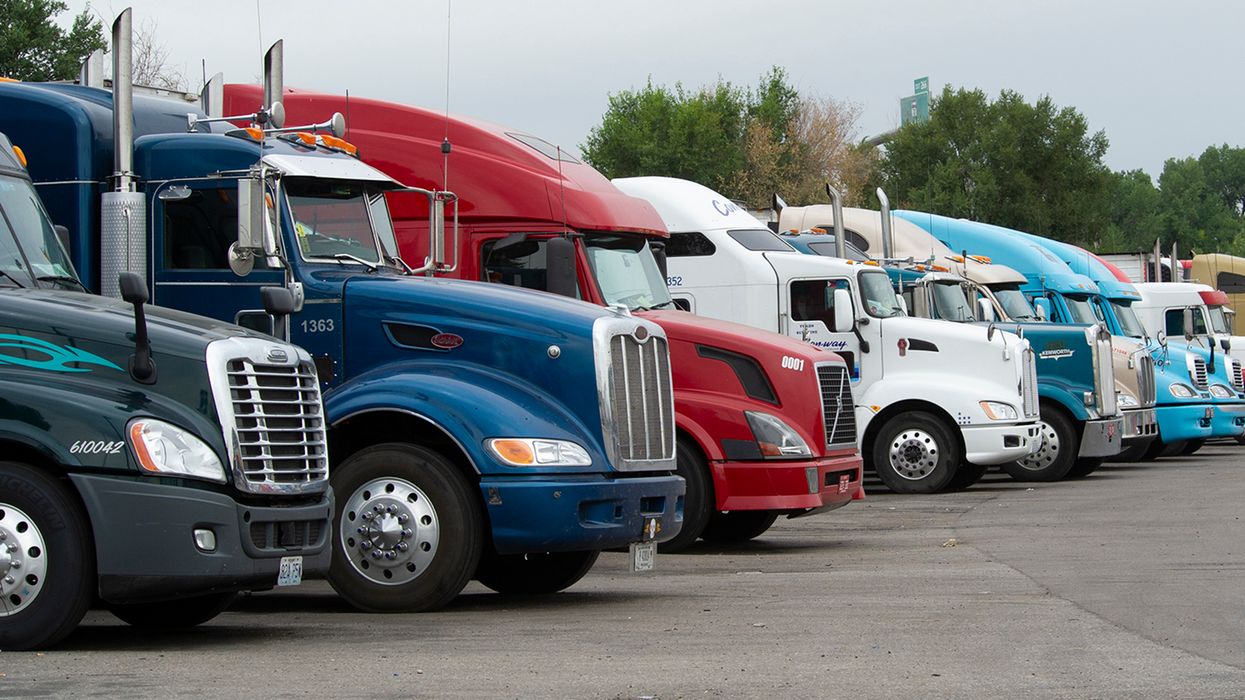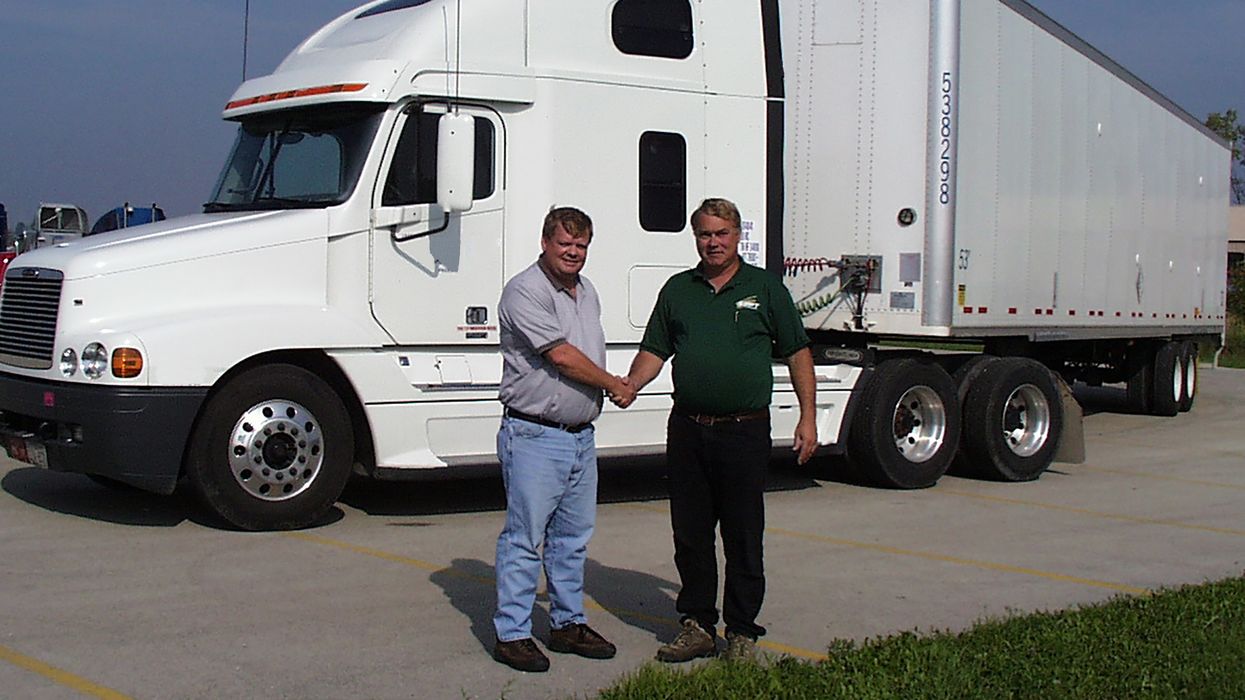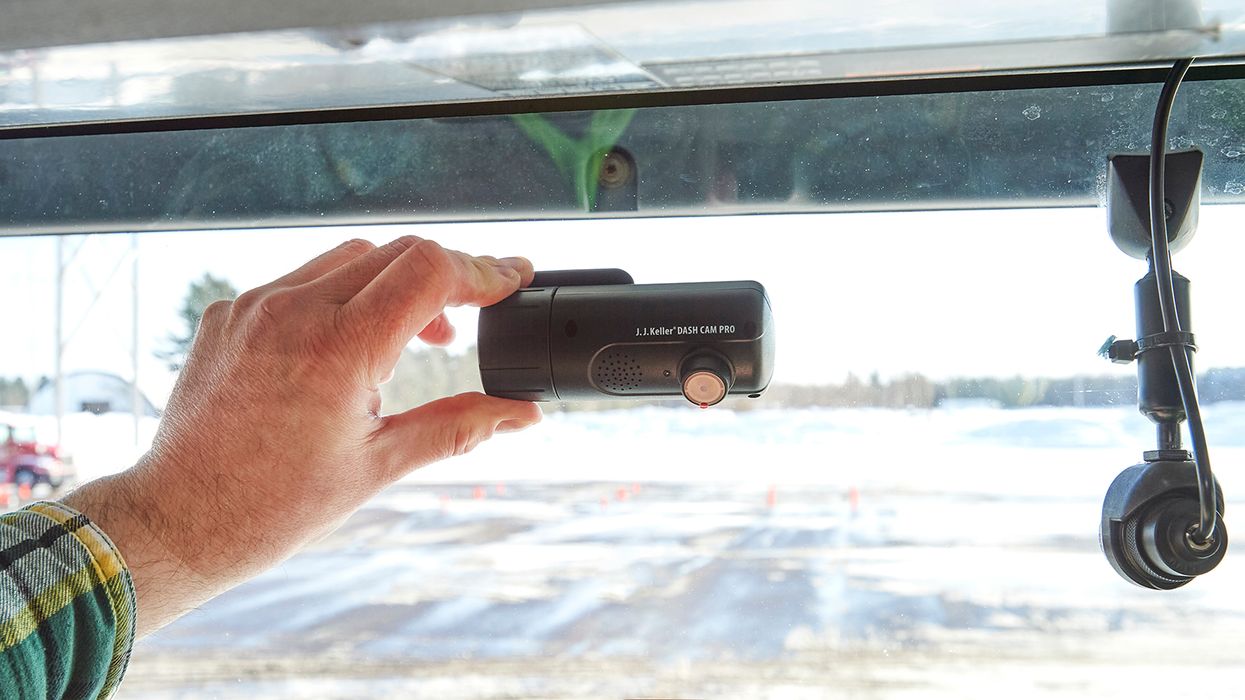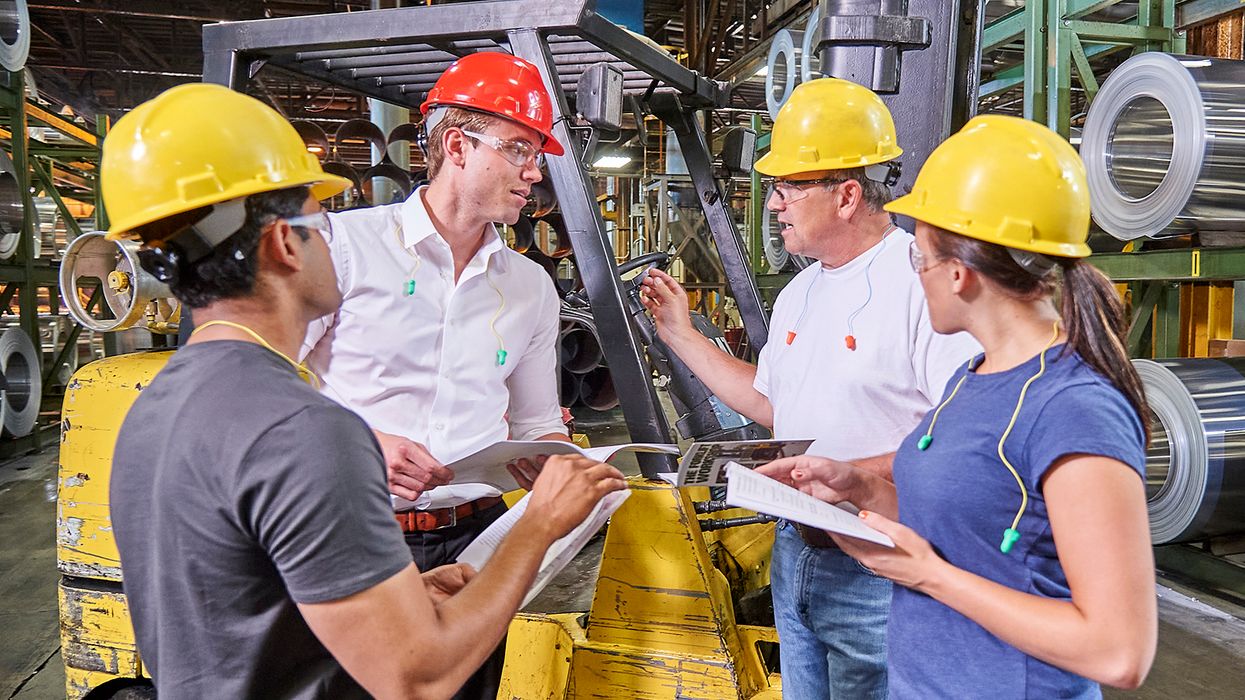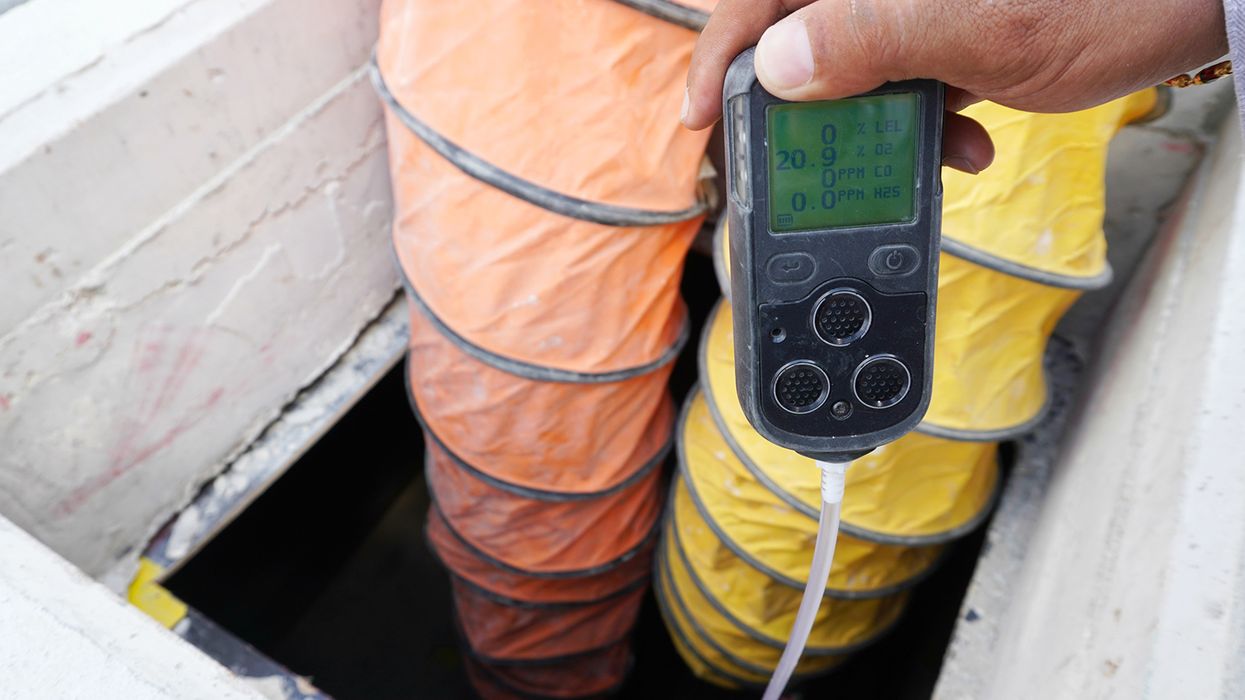New enforcement alert issued for metal recycling facilities
EPA published an enforcement alert to address a negative trend that regulators are seeing in the metal recycling industry. Federal and state agencies have been finding frequent Clean Air Act (CAA) violations at metal recycling facilities, especially related to auto and scrap metal shredders. The alert is intended to help educate facility owners and operators about the CAA requirements that might apply to their activities and pollution control systems being used in the industry. In the U.S. there are more than 250 metal recycling facilities with shredders, many of which are in densely populated areas where excessive emissions have an immediate public health concern.
Metal recycling and shredding processes generate emissions of volatile organic compounds (VOCs), particulate matter, and hazardous air pollutants including lead, zinc, cadmium, mercury, and organic pollutants. Recycling facilities collect large items (automobiles, appliances, etc.) that are then processed through shredding and grinding, into smaller pieces that can be sorted and sold for reuse. Often, significant amounts of non-metal materials are part of the shredded items. These non-metal materials (e.g., plastics, paints, caulks, sealants, rubber, switches, fluids, and fluid residues) can vaporize and become organic air emissions. Metal shredding and grinding processes generate heat that can cause residual fluids and fuels to become gases. Lastly, the violent nature of the process creates the potential for particulate matter emissions of various sizes.
In the alert, EPA recommends “owners and operators of scrap metal shredders take steps to:
- Follow best pollution prevention practices by depolluting scrap materials before they enter the shredder.
- Estimate hourly and annual VOC emissions, using appropriate available test data from similar facilities. If estimated total annual or hourly VOC emissions are below, but near the RACT or NSR/PSD thresholds for your area, consult with EPA or the state environmental agency and consider conducting a performance test to measure actual VOC emissions and to develop a facility-specific emission factor.
- If estimated emissions are over the RACT or NSR/PSD thresholds, contact EPA or the state environmental agency to discuss a path forward. In some cases, the installation of capture and add-on pollution controls may be required.”
Key to remember: Metal recycling facilities should revisit their compliance under the CAA in order to avoid EPA enforcement actions and associated financial penalties.

